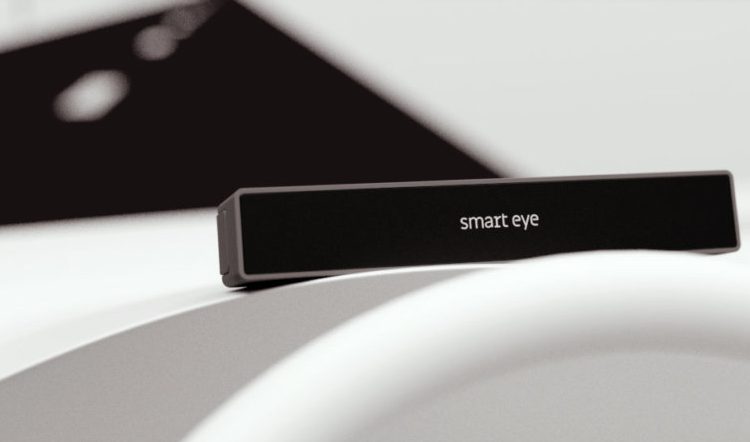EN


In addition to our eye tracking systems, Research Instruments offers product integration into all sorts of devices from various industries — often resulting in new products equipped with our head and eye tracking technology. We offer a range of engineering consultancy and support to facilitate these integrations.
Our product integration capability makes Smart Eye a strong candidate when evaluating eye tracking software for research purposes. Here are some recent examples where this innovative thinking and integration competencies proved essential:
iMotions’ multimodal research platform uses Research Instruments’ eye tracking, in combination with other sensors of physiological signals, to gain deeper insight into human behavior. Research Instruments and iMotions have been working together for many years, and this collaboration logically continues now that iMotions is a Smart Eye subsidiary.
Researchers are always looking to invest in new technologies to uncover human behavioral insights—making the market opportunities for Research Instruments practically infinite.
In 2021, we have seen an increased commercial interest in integrating our eye trackers into other solutions. This trend is expected to continue in 2022 and beyond, creating many interesting opportunities for Smart Eye going forward.
Many of Research Instruments’ customers have long relied on in-person data collection for their research. But during the global COVID-19 pandemic, the need for remote data collection has increased—shifting the focus from in-lab or classroom studies to collecting data from people’s homes. These circumstances have made highly accurate, web camera-based eye tracking more important than ever before. In the future, even beyond the pandemic, remote data collection is expected to remain prevalent.
The 2021 Affectiva and iMotions acquisitions have fueled Smart Eye’s multimodal approach to research, unlocking new use cases and markets. In 2022 and beyond, we will continue to meet customer’s needs by developing premium multimodal solutions. To reinforce our position as a leader in Human Insight AI, we are also revitalizing our focus on business development, sales and digital marketing—including events and new lead generation strategies.
During 2021, the COVID-19 pandemic caused a component shortage across many different markets and regions. This has impacted research customers in Europe, the US, and especially the Asia-Pacific countries—limiting further geographic expansion. These challenges drove us to learn and adapt to working virtually, offering online support and training to customers. In 2021, Smart Eye Pro was optimized for tracking faces with face masks. This enabled many customers to continue using our systems, especially in lab environments where face masks were mandatory.
Offering unparalleled performance in complex environments, Smart Eye’s carefully crafted instruments enable unparalleled insights into human behavior and human-machine interaction in automotive, aviation, assistive technology, media & marketing, behavioral science and many more fields. Today, our technology is used by NASA, Airbus, Boeing, Toyota, Daimler, Audi, GM, Harvard University and hundreds of research organizations and universities around the world.
